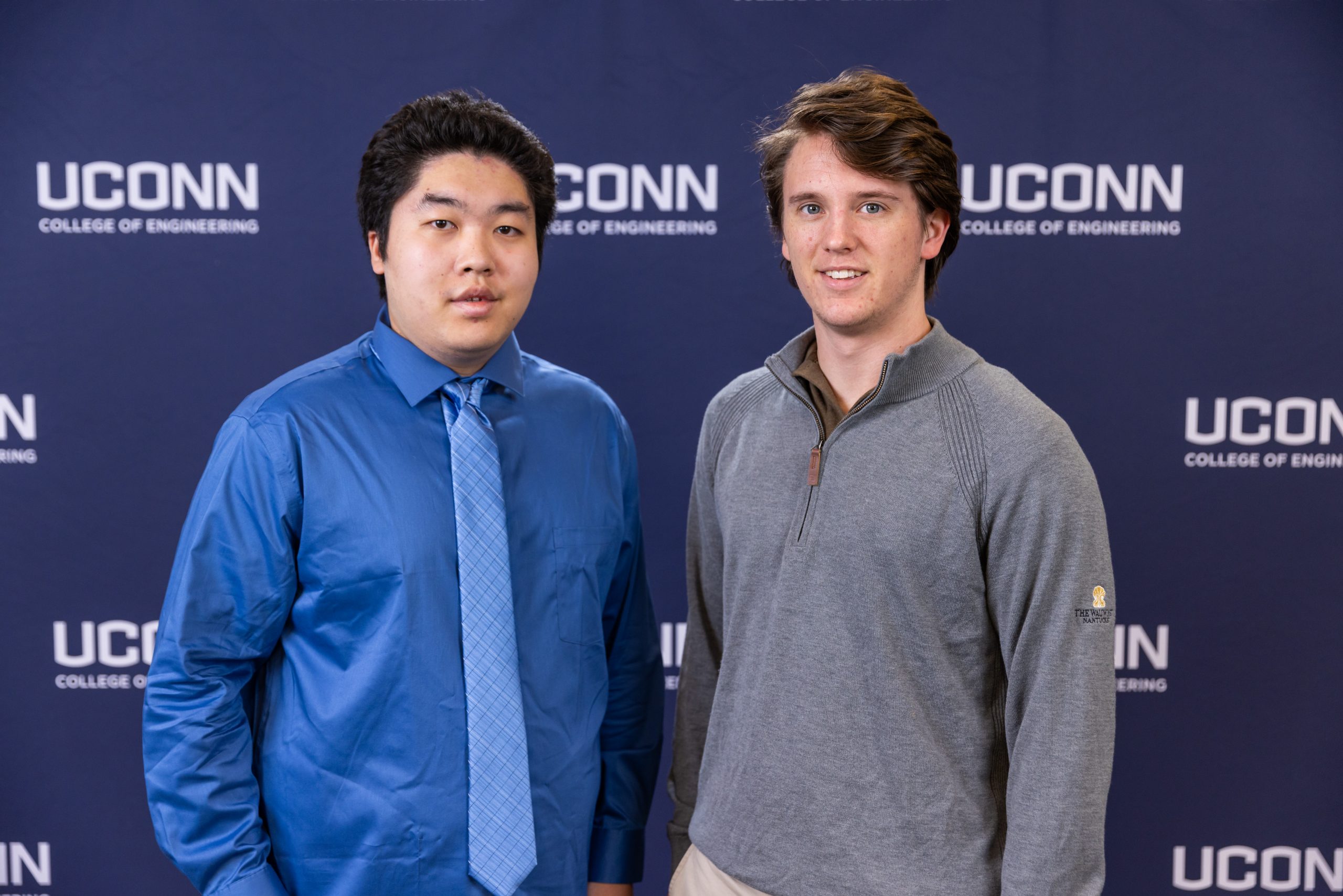

This video contains proprietary information and cannot be shared publicly at this time.
Team 3
Team Members |
Faculty Advisor |
Weipeng Zhou |
Liang Zhang Sponsor Belimo Americas |
sponsored by
Sponsor Image Not Available
Gas Monitor Calibration Chamber 2.0
Belimo is a company that primarily works in HVAC field devices. These consist of damper actuators, sensors or meters, and valves. They sell these products to generate income and are considered a market leader in HVAC solutions. The Belimo gas monitor is used to make sure safe levels of harmful gases are maintained in certain environments. The type of gases that are monitored may vary depending on the setting. The gas monitor is primarily used in indoor parking areas, warehouses and manufacturing facilities, boiler rooms, and transportation areas. The device is used to make sure the levels of gas in these areas are safe for humans, and it will sound an alarm if the level of gas reaches a certain threshold. Calibration of the gas monitor involves calibrating the sensors that are used within the monitor. This is done by using one reference sensor that is already calibrated to detect how much gas is in an area and then calibrating all the other sensors in the area to read that same level of gas. Currently, Belimo has a box prototype with 10 PCBs in it, one reference (pre-calibrated) sensor per PCB and 7 uncalibrated sensors. A gas is released into the box through a valve, spread around with a fan, and then the value of the reference sensor on each PCB will be pushed to all the other 7 uncalibrated sensors on the same PCB. Again, this is happening on all 10 PCBs synonymously. A blower fan will then be activated to push all the gas out of the box. Currently this process takes 30 minutes per batch, yielding 70 new calibrated sensors (7 per PCB, 10 PCBs in the calibration chamber). The goal of our project is to increase the efficiency of calibrating these sensors, both by increasing total yield and decreasing time per batch.
Our team collaborated with Computer Science & Engineering 31,Mechanical Engineering 9 on this project.
